So why was I there? Well the babblers are a bird with lots of complex behaviours, fairly defined territories and the project has specific protocols to maintain consistent data collection over its 13 year history. The privilege fell to me to basically walk around and look at birds for 10 days solid, life is so hard! But in all seriousness, the study population consists of wild birds who have been habituated to close human presence and without knowing how to act around them it is possible to dehabituate them very quickly and see your PhD data quickly fly away. I was also able to help Amanda figure out potential research questions and experiments that she wouldn’t have been able to think of without seeing how they behave.
Before heading off I was anticipating a fairly dull period in the field: its winter, they’re hungry and so they just forage and fly about between the distant patches of low density prey. How wrong I was. This has been a very odd year in the Kalahari, late summer rain in April and a mild winter led to a bumper abundance of food. When food is not a problem the babblers, and all of the other Kalahari animals for that matter, get it on and babies are the result. We arrived to find multiple groups with fledglings, and so the veldt was alive with the begging of babblers – music to my ears. Following these groups of babblers where the scimitar bills taking advantage of babbler sentinels and the ubiquitous drongos. We found groups like Centaurus (pictured below) incubating and even observed some egg eating in a group with females who were competing for reproduction. Whilst other groups were having large aerial battles with their neighbours. Amanda was privileged to observe a dispersal event, the dominant female of Vivaldi was fed up with her light weight male and decided to fly across to join the much heavier male of neighbouring group Noleg, even though at one point she flew back to join her old group for a fight against another group before quickly remembering that she’d left.
Whilst looking for groups, and teaching Amanda the babbler whistle (an ululating call to get the birds to fly to you) and group territories, we came across wild groups and individuals who had dispersed from the study population (one may have last been seen in the population in 2004!! – although confirmation is still needed). One of these wild groups was right in the middle of the reserve and feeding a nest, so they’ve been named (Martu- pronounced Mardu – after the aboriginal people of the Western Deserts of Australia) and habituation may start in September when Amanda gets back.
I’ve written mostly about the babblers, and that’s because they are awesome, but there are many other projects at the KRR. There is the over 20 year study of meerkats, who have had a terrible year: prior to the late rains it had been a drought and their groups had been decimated by the combined disasters of no recruitment and TB, but they had started to breed in the winter. The Cape Ground Squirrel Project, started by my friend Jamie Samson, is still going strong and again they have had loads of strange winter pups. And for those of you who want to fly to South Africa, travel for hours to the remote Kalahari and then spend most of your time indoors there are always the molerats to work on. That might sound a bit negative but I like being outside and observing animals behaving in their natural habitat and the idea of spending all day under florescent lights (something you can do in an office) in a building that smells of pee (something you get in public toilets) isn’t something that appeals to me. The other cool birds that are studied at the KRR are the hornbills (mentioned above) and the drongos – who spend their time either stealing food from other animals with their vocal mimicry, catching flying insects with ease using their aerial acrobatics or just pissing off large raptors by bomb diving them.

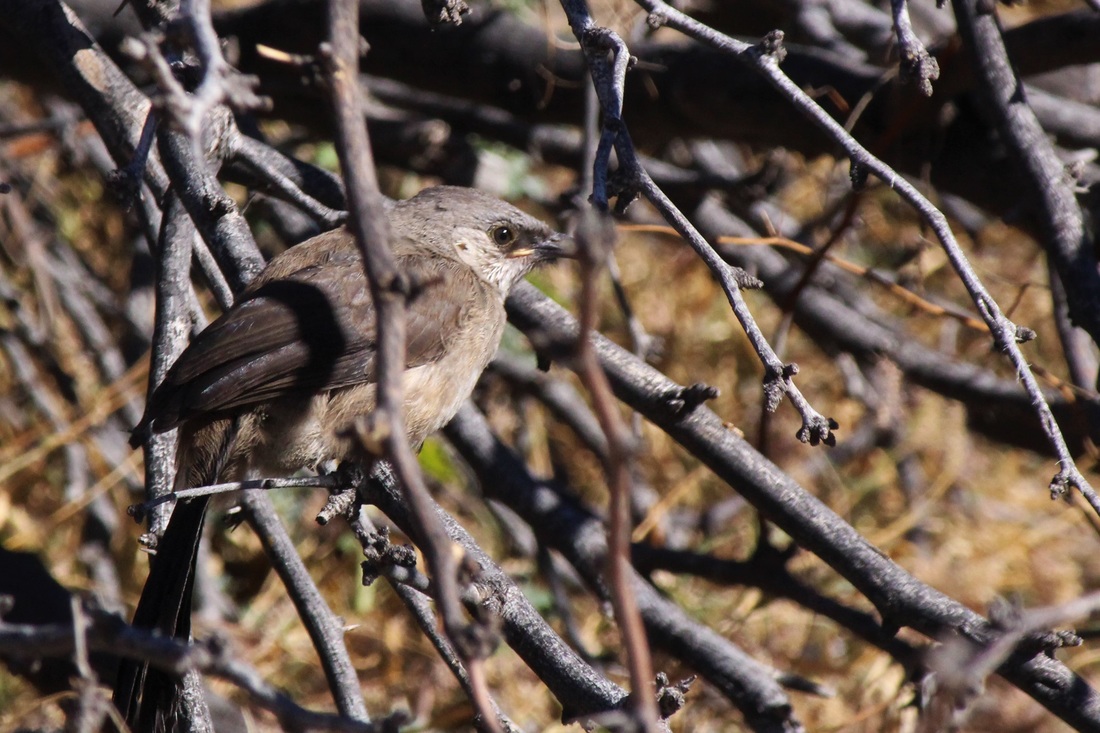
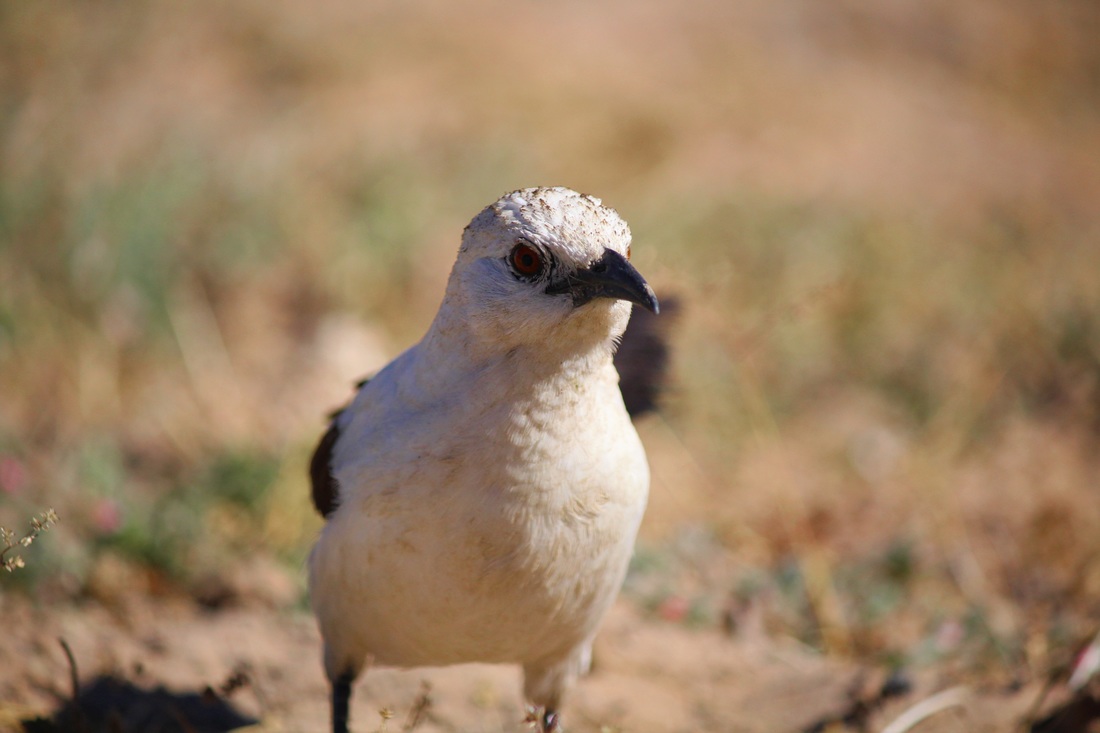
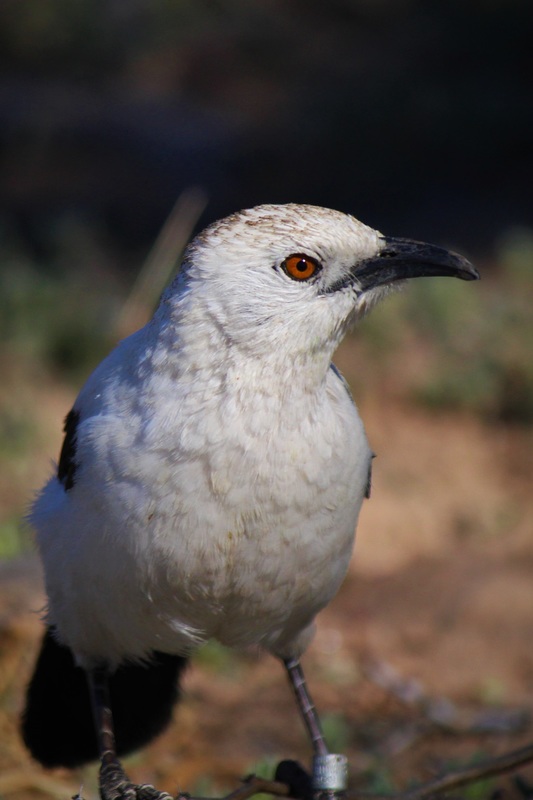
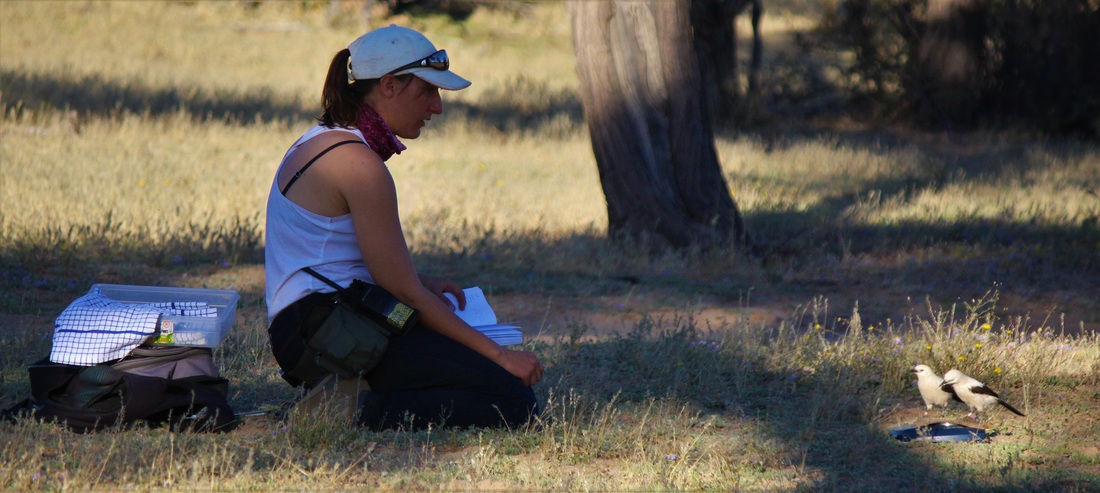
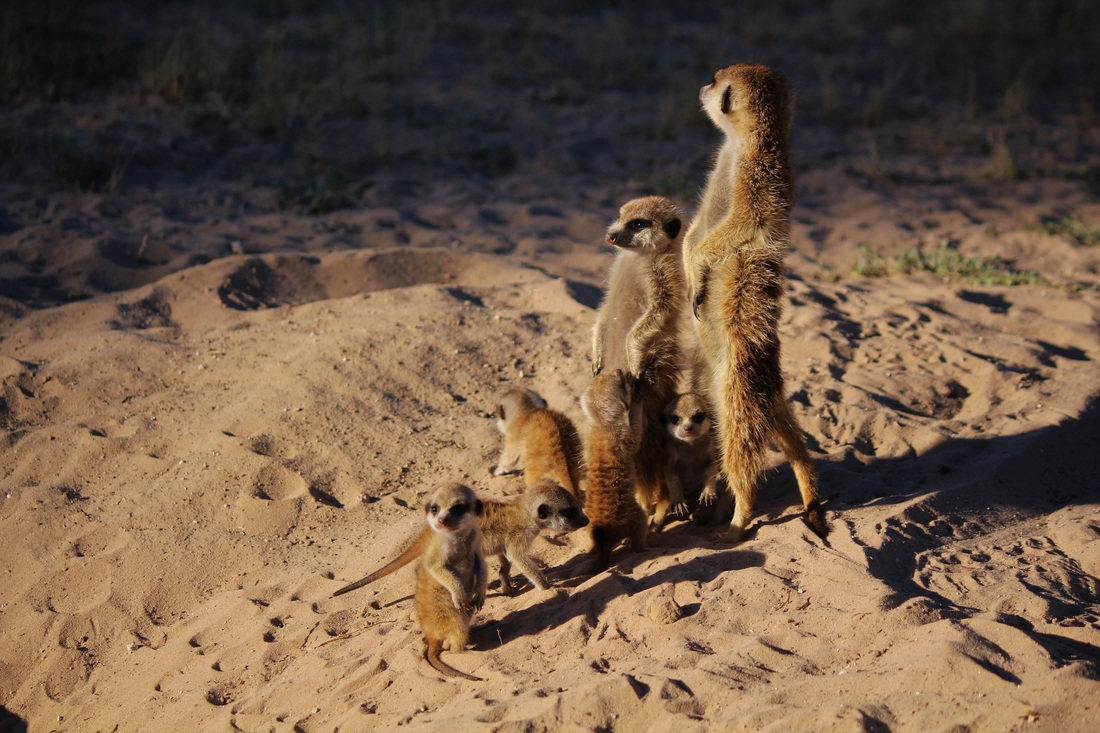
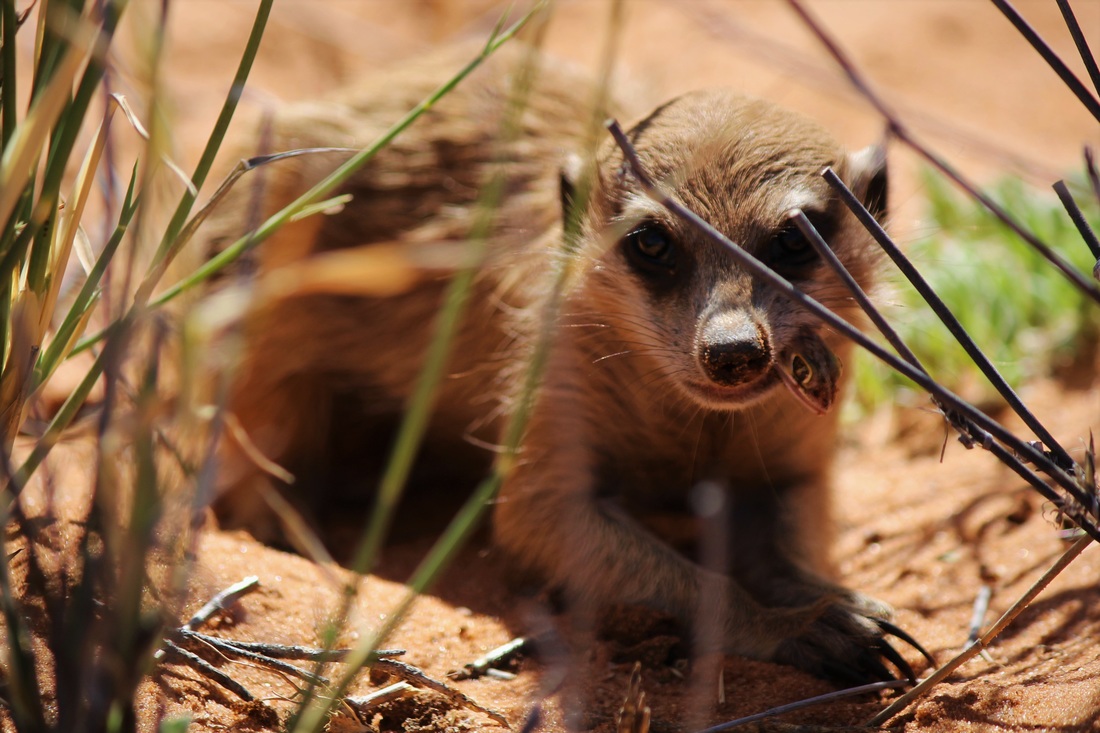
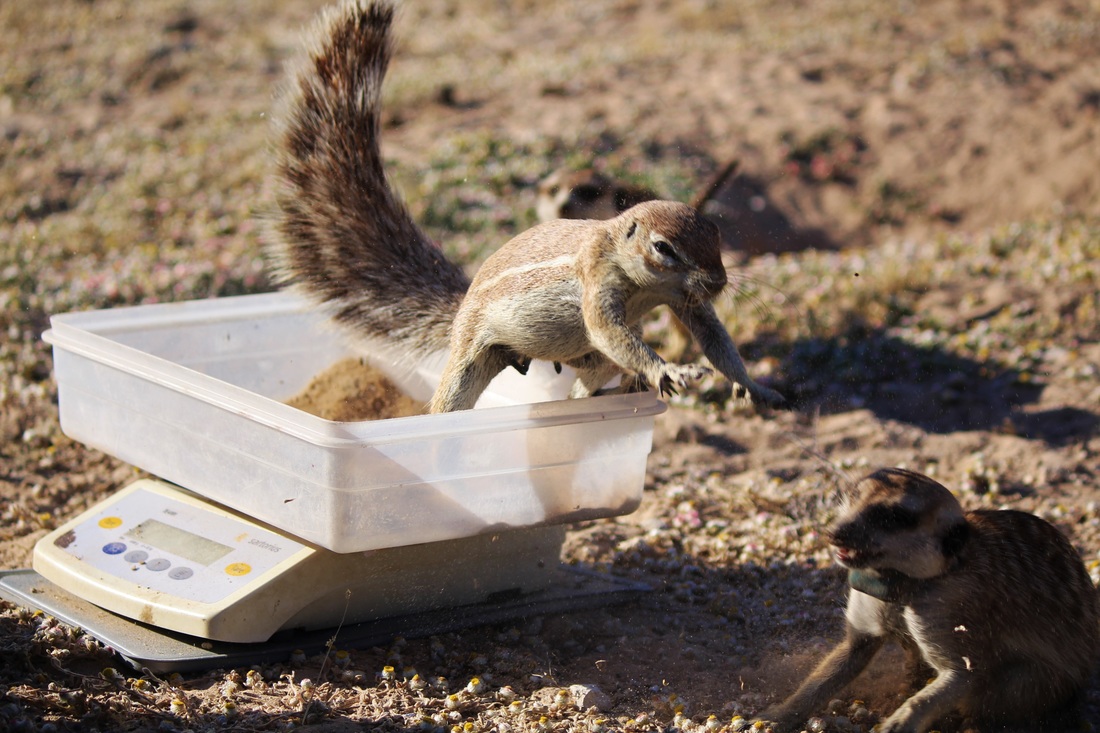
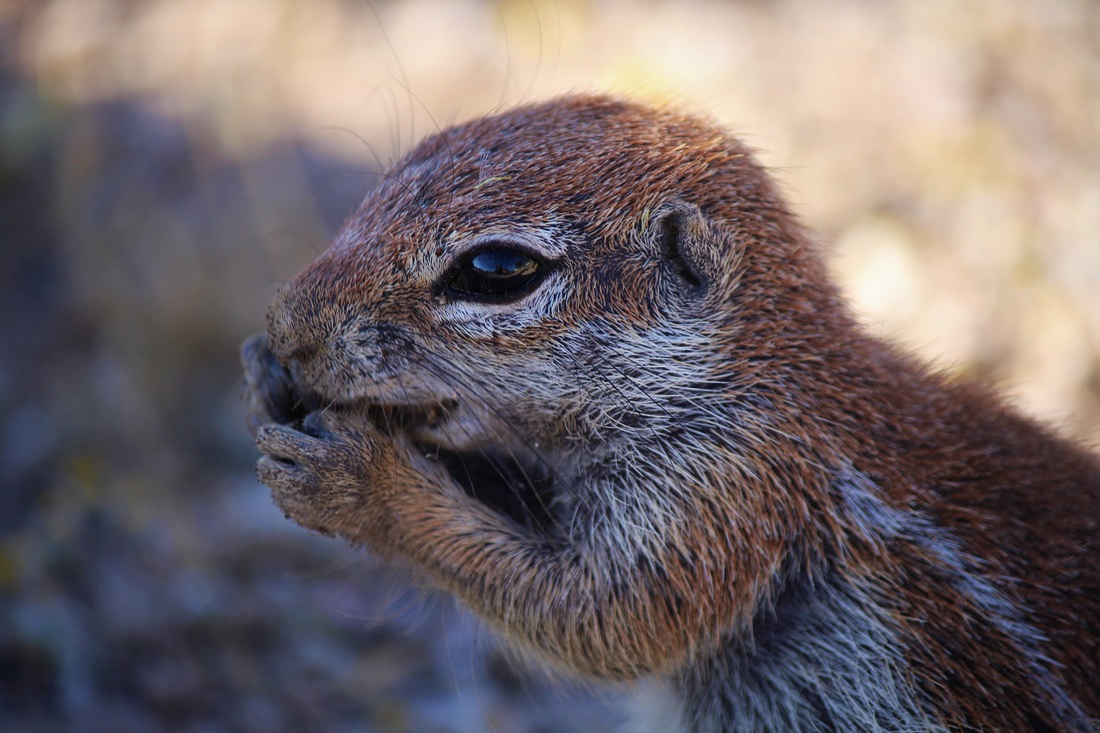
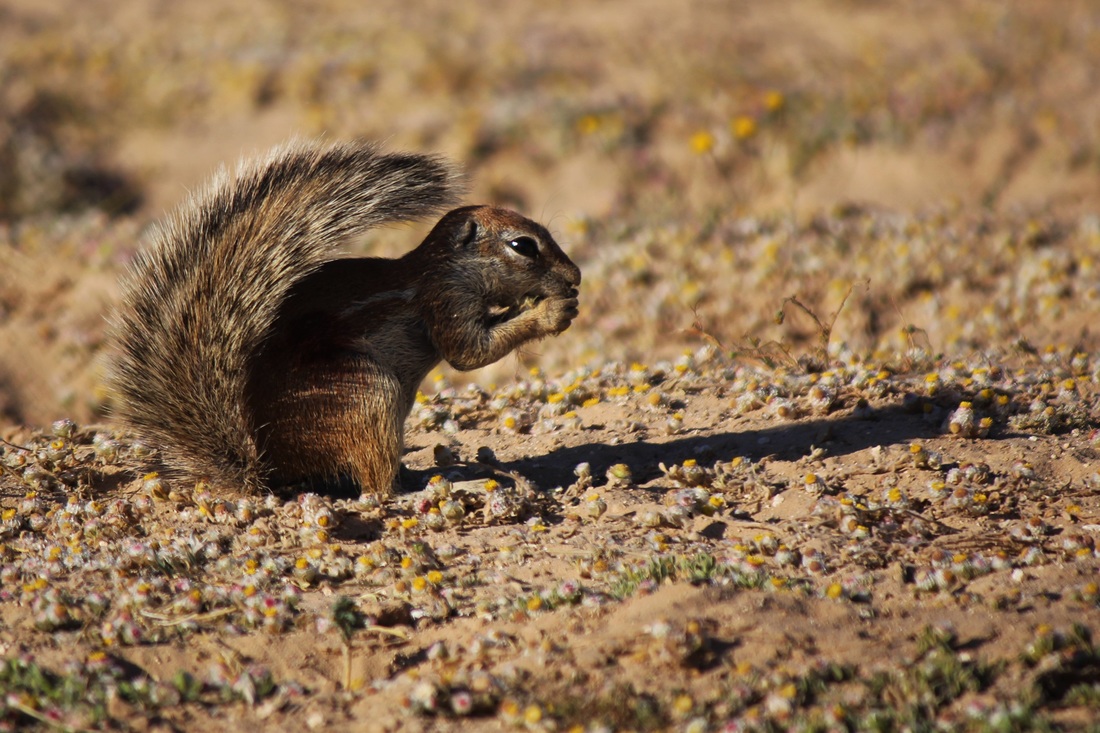
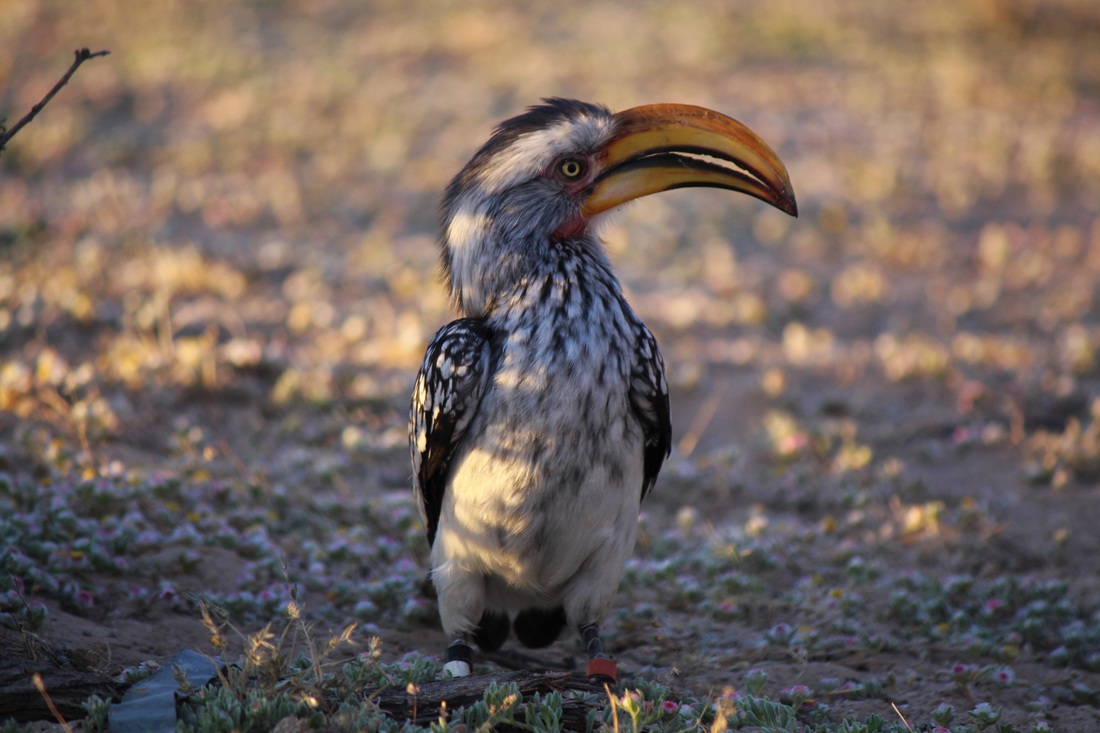
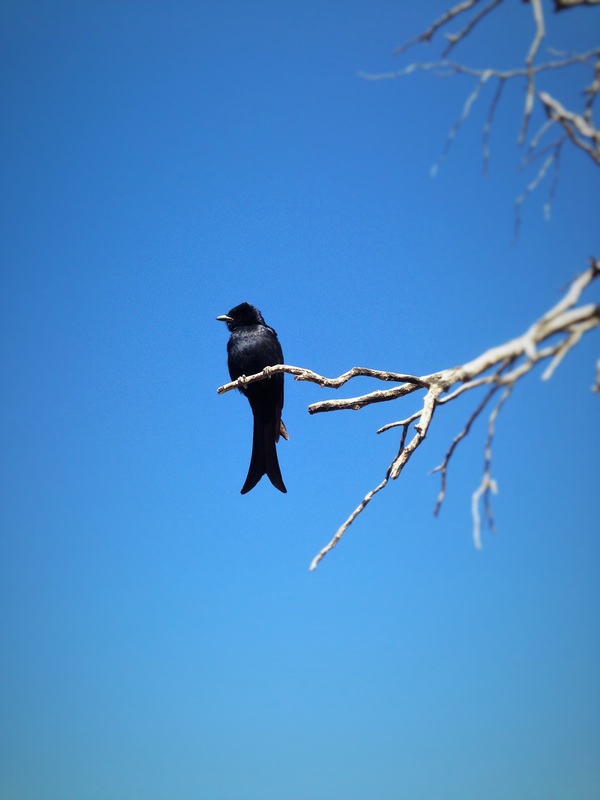
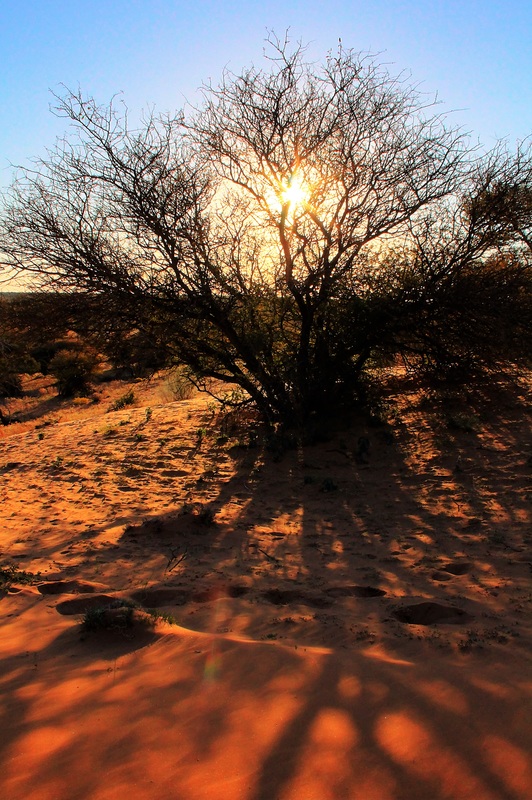
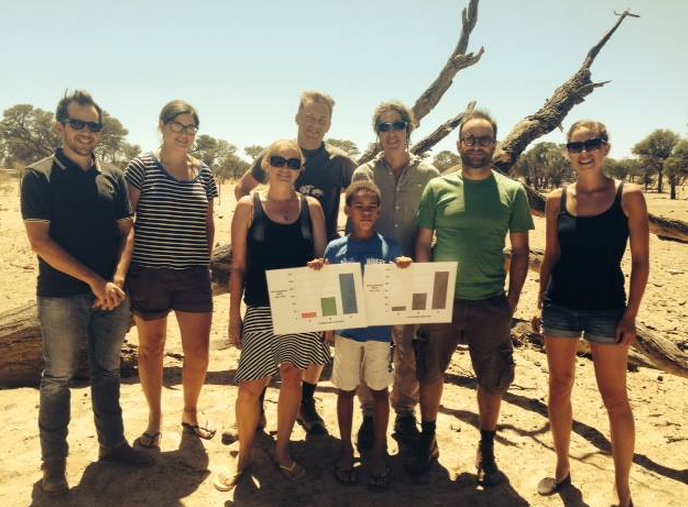
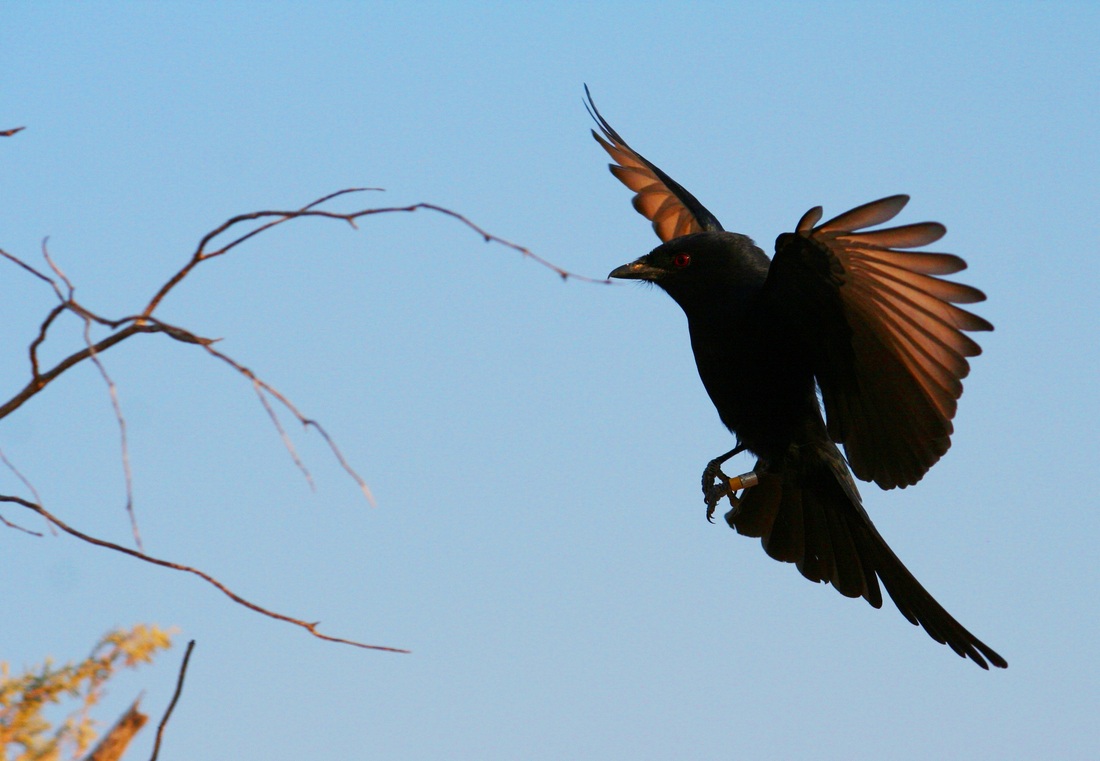

 RSS Feed
RSS Feed
